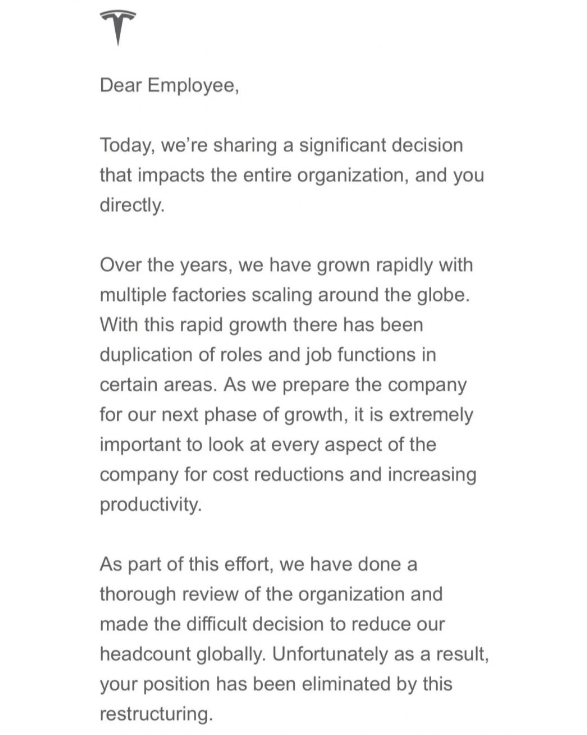The term “woke” presents challenges for me. Understanding its full implication took time. Now, it’s often wielded as criticism against individuals and companies attempting to navigate ethical practices, usually by those who find such efforts objectionable. Initially, “woke” signified a consciousness of social and political injustices. However, its meaning has morphed, becoming synonymous with accusations of hypersensitivity or extreme political correctness. Consequently, “woke” has transformed into a polarizing term, frequently used to undermine endeavors that seek to promote positive societal change. As a tech executive, one must not be deterred by those who aim to derail progressive initiatives.
The term “woke” traces its origins back to African American vernacular in the 1960s, signifying an awareness of racial injustices and systemic racism. Initially, it denoted individuals dedicated to pursuing social justice and equality. However, recent years have seen its co-optation by the mainstream, diluting its potent significance.
A critical problem with the contemporary usage of “woke” is its transformation into a blanket term for all forms of activism or advocacy, thereby oversimplifying the nuanced realities of social and political struggles. This reduction not only trivializes the earnest efforts of genuine changemakers but also overlooks the deep-rooted complexities and challenges they confront.
Reflecting on historical awakenings: from freedom struggles in America to rights for black people, women’s suffrage, and even the freedom to choose seats in restaurants. Advocating for the right causes demonstrates a true awakening, showcasing improved word choice, structure, and eloquence.
It’s disheartening when a beer company features an individual on their can who doesn’t align with certain values, sparking controversy. The intention was to use this individual’s influence to expand market reach, but it backfired, causing considerable backlash. In the US, a faction accused the company of embracing “woke” culture, leading to a boycott and underscoring the polarizing nature of marketing. Using “woke” to discredit and incite public dissent against a company is deeply unfair.
In today’s world, it’s a disheartening truth that courage is often required to do what is morally right. The principles of diversity, equity, and inclusion, while challenging for some, are undoubtedly the correct direction for progress. As a tech executive, you might face opposition within your organization. It is your duty to remain steadfast and advocate for the right decisions. It is imperative to implement hiring practices that ensure equal opportunities for all, regardless of their background. Every individual, no matter their differences, merits an equitable chance at success.






